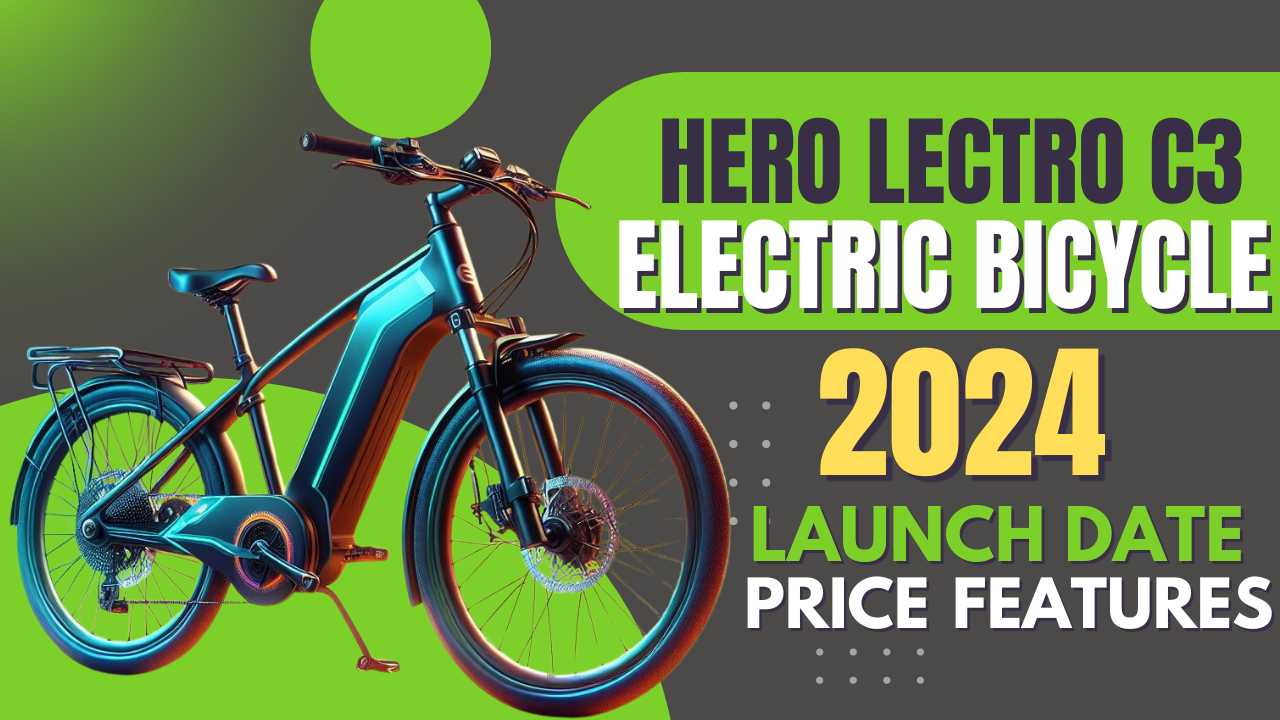
Electric vehicles (EVs) are now not only current trends but also our future worldwide as a “green” mode of transportation. Yes, across the globe, the slogan is “go green.” One crucial aspect affecting their performance, range, and lifespan is the choice of EV battery chemistry. In this blog post, we will explore the impact of different EV battery chemistries, namely lithium-ion, solid-state, and nickel-metal hydride, on the performance of electric vehicles.
1. Lithium-Ion Batteries:

Lithium-ion EV batteries are currently the most widely used EV battery chemistry in electric vehicles. They offer several advantages, including high energy density, lightweight design, and longer lifespan compared to other EV battery chemistries. Their ability to store and deliver a large amount of energy allows for longer driving ranges and improved acceleration in EVs.
Facts and Figures:
- The “world” market for lithium-ion batteries in EVs is expected to rise even up to $97.57 billion by 2025, growing at a CAGR of 17.0% (as per “Grand View Research”).
- Tesla, a leading EV manufacturer, uses lithium-ion EV batteries in its vehicles, which contribute significantly to their impressive range and performance.
- Lithium-ion batteries have a typical lifespan of 8-12 years, depending on usage and maintenance (Electric Vehicle World).
2. Solid-State Batteries:
Solid-state batteries are an emerging technology that promises even greater improvements in electric vehicle performance. Unlike lithium-ion batteries, they use solid electrolytes instead of liquid ones, offering advantages such as increased energy density, quicker charging times, and enhanced safety.
Facts and Figures:
- Solid-state batteries have the potential to double the energy density of lithium-ion batteries, allowing for longer ranges and less frequent charging (Battery University).
- Toyota, a pioneer in solid-state EV battery research, aims to bring solid-state batteries to market by the early 2020s, as they are expected to revolutionize the EV industry (InsideEVs).
- The market for solid-state batteries in electric vehicles is projected to grow at a CAGR of over 50% from 2020 to 2026 (Global Market Insights).
3. Nickel-Metal Hydride Batteries:
Though less commonly used in new electric vehicles, nickel-metal hydride (NiMH) batteries have been historically deployed in hybrid electric vehicles (HEVs) and some early EV models. While they have a lower energy density compared to lithium-ion batteries, they offer advantages such as lower cost and better performance at extreme temperatures.
Facts and Figures:
- NiMH batteries have a well-established market in the hybrid electric vehicle segment, with companies like Toyota and Honda employing them in their hybrid models (Green Car Reports).
- Although not as efficient as lithium-ion batteries, NiMH batteries are more environmentally friendly in terms of raw material extraction and recycling (The Engineer).
EV battery industry in India: The opportunity and its future:

Establishing a lithium battery plant for electric vehicles in India presents an exciting opportunity given the country’s commitment to promoting sustainable mobility and renewable energy. India’s ambitious goal to achieve 30% electric vehicle penetration by 2030, combined with the growing demand for electric vehicles, makes the establishment of a lithium battery plant a potentially lucrative endeavor.
The costs associated with setting up a lithium battery plant in India are significant but can vary based on factors such as capacity, technology, and location. Generally, the initial capital investment for a lithium battery plant with a production capacity of 1 GWh (gigawatt-hour) can range from approximately $200 million to $300 million. This includes expenses for land acquisition, building infrastructure, procurement of equipment, research and development, and regulatory compliance.

To add, the Indian government has implemented various policies and regulations to support the manufacturing and use of lithium batteries for electric vehicles. The National Electric Mobility Mission Plan (NEMMP) 2020 and the Faster Adoption and Manufacturing of Hybrid and Electric Vehicles (FAME) scheme offer incentives and subsidies for domestic production, research, and development of electric vehicle components, including lithium batteries. The government also provides support for setting up Special Economic Zones (SEZs) and favorable tax structures to attract investments in the electric vehicle and EV battery manufacturing sector. In our previous article, we have detailed information regarding “FAME”, phase I, Phase II and Phase III.
Furthermore, the establishment of a lithium battery plant in India must comply with environmental regulations and sustainable practices. The government has stringent guidelines for waste management, energy efficiency, and emissions control to ensure responsible and eco-friendly manufacturing processes.

In conclusion, the establishment of a lithium battery plant for electric vehicles in India offers a promising and potentially lucrative business opportunity. With the government’s supportive policies, increasing demand for electric vehicles, and a conducive regulatory framework, investing in such a venture can contribute to the growth of the electric vehicle ecosystem while aligning with India’s sustainability goals. However, careful consideration of costs, technological advancements, and regulatory compliance will be essential for a successful and sustainable operation.
Conclusion:
EV Battery chemistry plays a crucial role in determining the performance, range, and lifespan of electric vehicles. While lithium-ion batteries remain the dominant choice, solid-state batteries hold the potential for significant advancements. Additionally, nickel-metal hydride batteries continue to serve in specific applications. As technology evolves, the adoption of different EV battery chemistries will continue to shape the future of electric vehicle performance.
As the shift towards electric mobility accelerates, the dynamic landscape of EV battery chemistry innovations will undoubtedly improve driving experiences, extend ranges, reduce charging times, and enhance the overall sustainability of electric vehicles.



